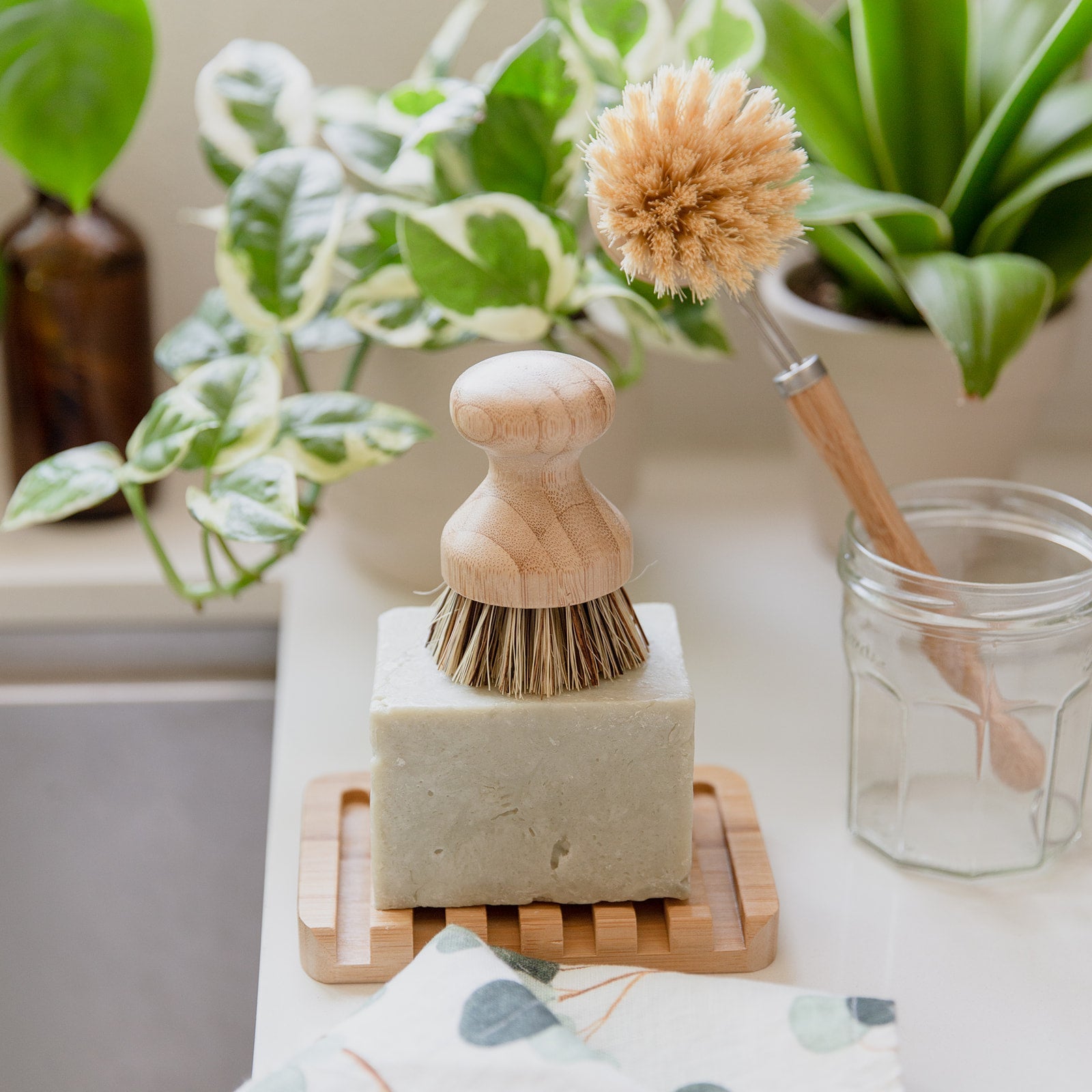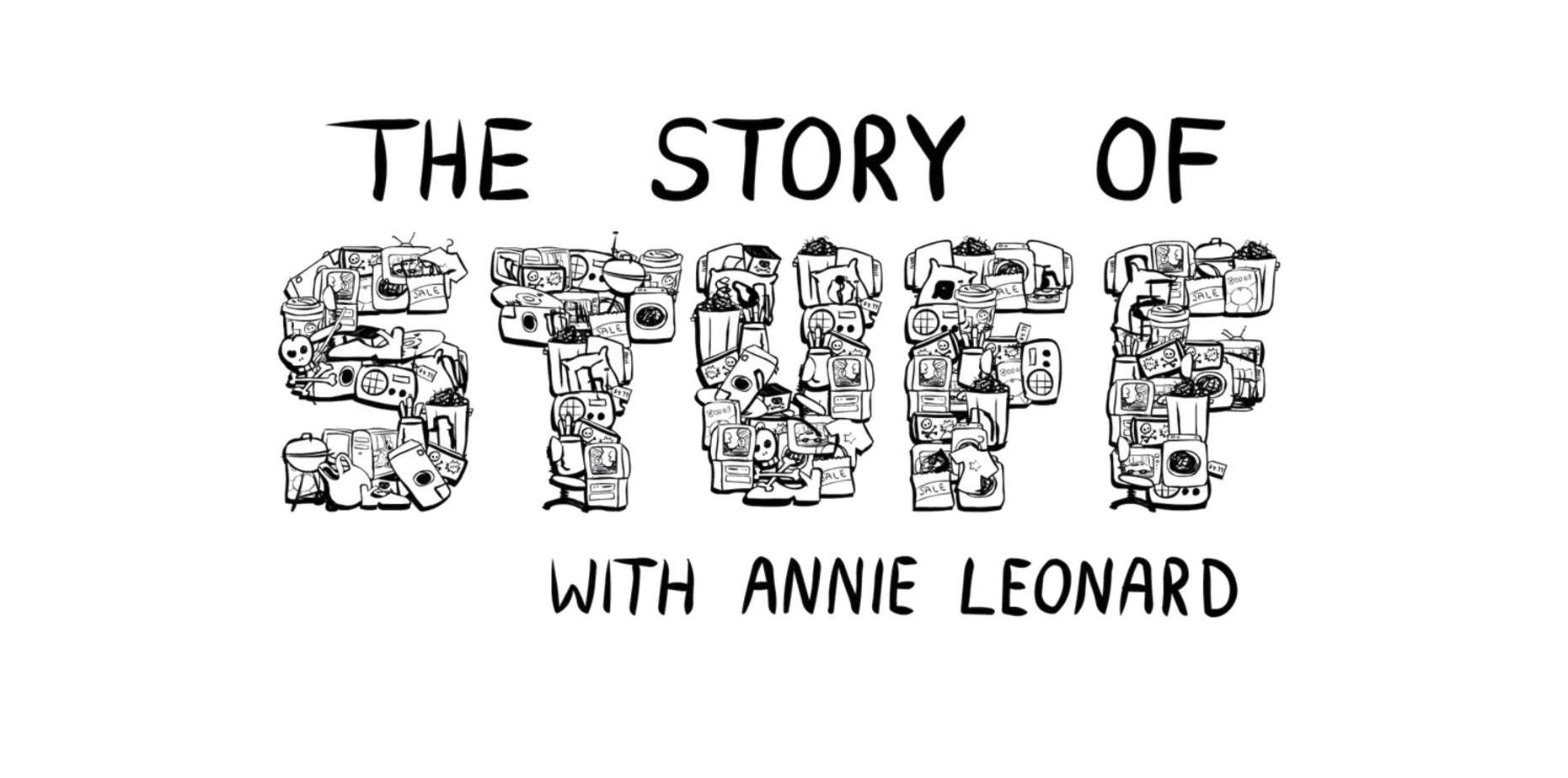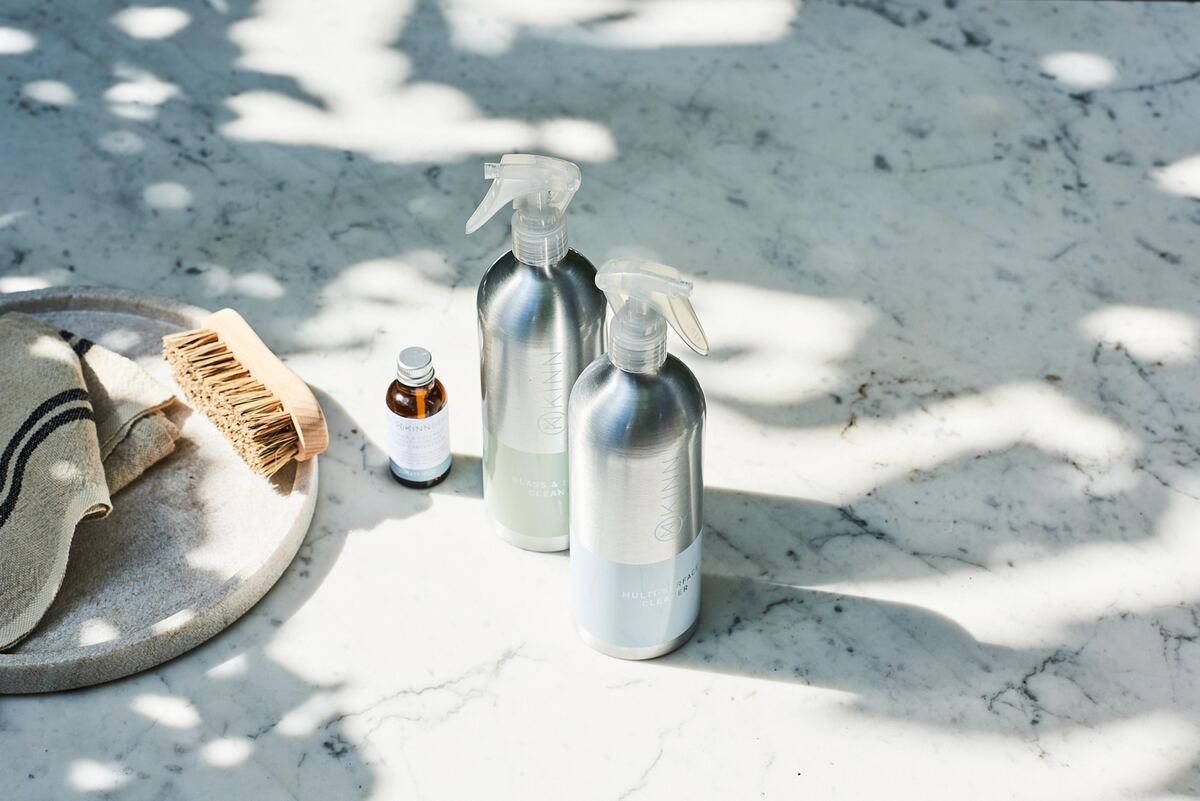Conventional Liquid Dish Soap vs. Eco Friendly Natural Solid Dish Soap: How Do They Compare?

Doing the dishes and cleaning our homes is an essential part of household maintenance – and something most of us do daily. For how frequently we wash the dishes, we easily forget the environmental and health impacts of the products we’re using.
You’re exposed to the ingredients in your dish soap daily – and it’s therefore important to know exactly what you’re using. When was the last time you checked the product label on your dish soaps? Most of us are so used to our routines and shopping habits that we don’t stop to look at what we’re exposing ourselves to.
To help you navigate the best options for you, we’ve prepared a comparison of conventional liquid dish soap and an eco-friendly natural solid dish soap.

The ingredients and their impacts on your health and the environment
You can typically find most information about how sustainable a cleaning product is by looking at the ingredients label. Unfortunately, some cleaning products don’t have ALL their ingredients listed because they’re not required to do so by law. Even in regions where they are legally obligated to be transparent, there are various ingredients that don’t have to be listed on the label because they’re considered a trade secret!
This way, chemicals in cleaning products can easily stay hidden. Even the most unsustainable product can seem to be eco-friendly based solely on the marketing surrounding it.

Conventional Liquid Dish Soap
Chemicals in cleaning products are a big topic in the sustainability community, so let’s dive right into what you’ll find in conventional dish soaps – because the list is long. Remember, we are washing these ingredients right down the drain so chemicals in our choice of cleaning products aren’t just affecting us but the aquatic life, as well.
-
Phosphates – these are usually used to soften water by holding and/or removing metal ions which, in theory, we get why it’s an option. However, when humans are overexposed to them - for example when unnecessarily used in daily cleaning products - they can cause a variety of health problems including kidney damage or osteoporosis. Also, they’re dangerous to aquatic life as they promote growth of toxic algae.
-
Triclosan – this chemical (used as a preservative) is often included in antibacterial cleaners and can be disruptive to our hormonal function, especially the thyroid.
-
SLS – this foaming agent is included in many of our cosmetic and cleaning products. It strips our skin of its natural oils which can cause rashes and allergic reactions.
-
Fragrance – this mystery ingredient can contain up to 3000 different chemicals which you can find in most conventional liquid dish soaps. They may cause severe allergic reactions and negatively affect testosterone and estrogen levels.
-
Ammonia – this highly toxic ingredient included in most liquid dish soaps can have negative effects even in just micro dosed amounts. If combined with bleach, it also emits fumes which cause severe irritation to eyes, skin and the respiratory tract.
-
Formaldehyde – this strong-smelling gas is added to your dish soaps but is also used in making building materials. Yes, you heard that correctly. Larger concentrations are toxic to the human body and long-term exposure has been linked to cancer.

Eco-friendly Natural Solid Dish Soap
We stock two options for eco friendly solid dish soap at our store: the Vegan Dishwashing Block by No Tox Life and unscented Solid Dish Soap by Bestowed Essentials. What ingredients are these alternatives using to clean your dishes? Here are some of the common ingredients in solid dish soaps:
-
Plant-based oils – usually from either coconut, olive or palm oils and are saponified to create a foamy, usable soap.
-
Sodium hydroxide – also known as lye by soap-makers, is the saponification agent which makes oils foamy.
-
Decyl glucoside – a plant derived, biodegradable, mild, non-toxic surfactant often used in products for sensitive skin.
-
Soapbark – a type of evergreen tree used as a foaming agent and possesses antibacterial qualities. It is often used as an ingredient for sensitive skin, as well.
-
Sodium carbonate – also known as washing soda, acts as a water softener and removes unnecessary oils, wine or grease stains when used properly.
The packaging and waste – fighting plastic pollution
We often fail to consider what happens with our “stuff” after we throw them away. If we want to take charge of our environmental impact and stop plastic pollution, we need to consider the packaging of the products we buy more seriously. While we’ve come to consider the unsustainable packaging of our food and drinks more now than ever – like avoiding bottled water - many of us are still oblivious to the packaging of our daily household cleaning products.
The conventional plastic bottled liquid soaps may seem insignificant, but it contributes to plastic pollution over time. Solid dish soap, on the other hand, usually comes package free or with recyclable and compostable paper wrapping and produces "zero waste".
Why aren’t more people using solid dish soap and other eco cleaning solutions?
We need to remember that humans are creatures of habit – we do what we’re used to because its easier and less time consuming than learning something new. After decades of conditioning by large corporations that conventional cleaning products full of chemicals is the standard, very few people are inclined to question where and how it is affecting them.
We were also taught to believe that soap needs to “foam” in order to feel clean. Unfortunately, even though eco-friendly soaps have fewer toxic agents that create fake foam, people are less inclined and more wary about making that purchase.
We hope this blog leaves you with questions and curiosities about what goes in and out of your body. At the end of the day, there’s a cause and effect in everything we do and we just hope you can join us in making a positive difference.
Let us know in the comments below what your current eco-friendly household products are!




Comments